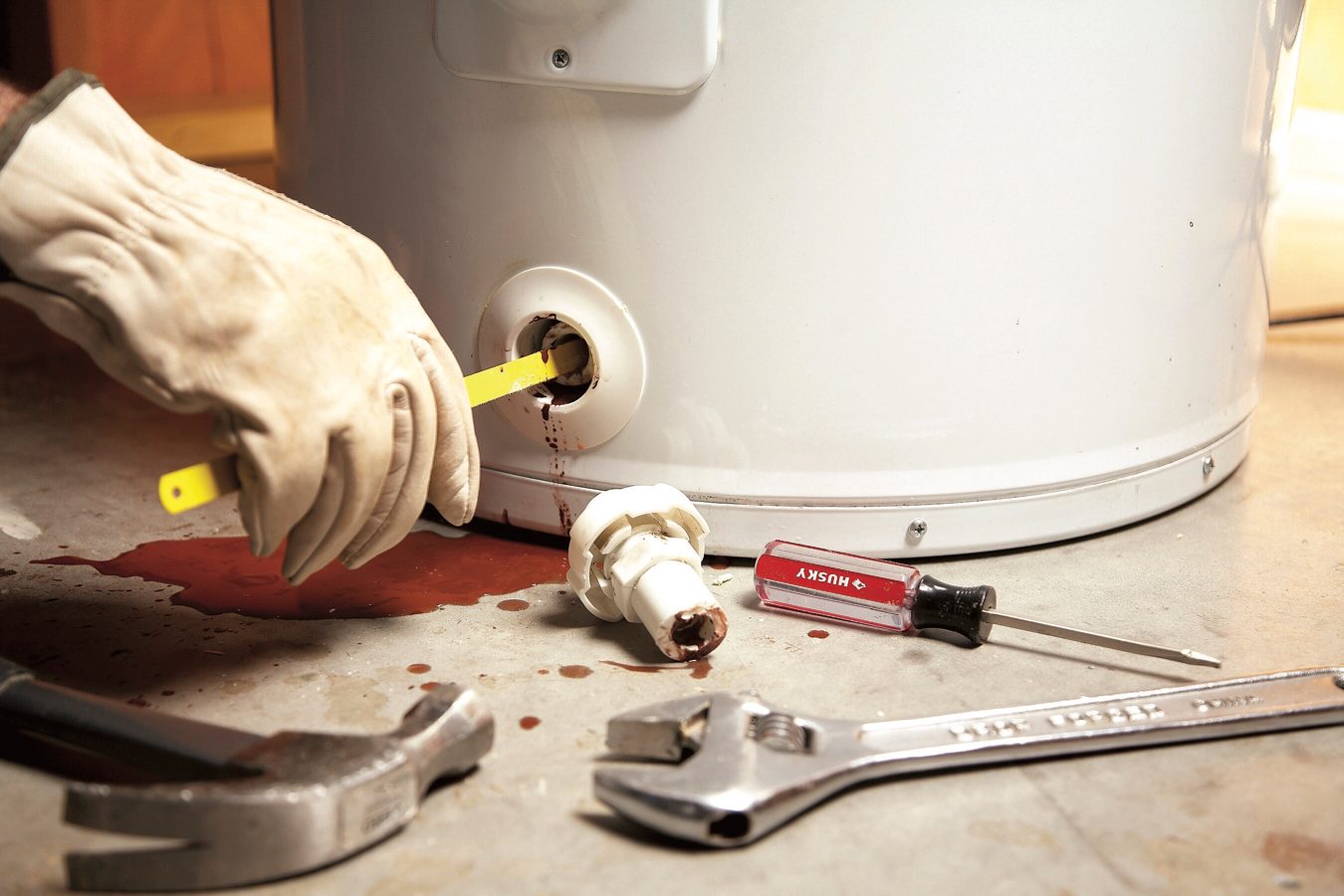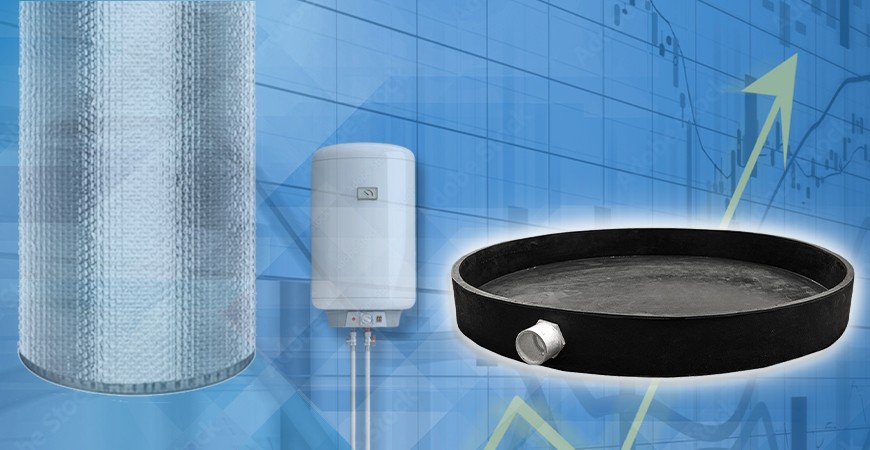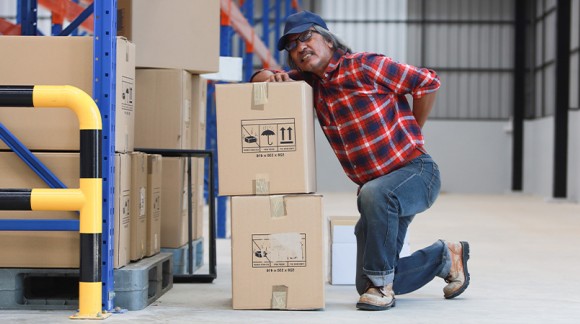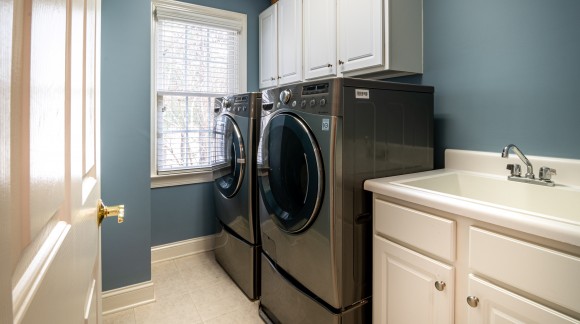3 Ways to Increase the Efficiency of Your Water Heater
3 Ways to Increase the Efficiency of Your Water Heater
Winter is coming. So are increased energy bills.
Even in more moderate climates, chances are your water heater will have to work a bit harder during winter months to heat the water.
For many Americans, a complete replacement of a storage water heater or the installation of a tankless water heater is something that needs to be planned for and financed over the course of months, if not a year.
While updated, high-energy star-rated water heaters will always perform better than maintenance on older models, we understand that an upgrade isn’t in the budget for everybody.
With that in mind, it’s time to take a look at water heater efficiency. What can we do to improve the efficiency of your gas or electric hot water heater?
Just a few simple solutions can drastically improve your energy efficiency and, ultimately, save you money.
1. Wrap Your Water Heater in an Insulative Blanket
One of the most tried and true methods for improving the energy efficiency of your water heater is wrapping the tank with water heater blankets, which provide extra insulation.
Do water heater blankets save money?
Insulated blanks for water heaters typically reduce water heating costs by 7%–16%. Since these blankets typically cost between $19 and $30, the cost should be recouped within a year, if not a few months. After that point, the insulated blanket will begin effectively saving you money each month.
Are water heater blankets safe?
With proper installation and usage, water heater insulation blankets are proven safe.
Depending on your style of water heater, gas or electric, you’ll need to cut out access to control panels, valves, and pipes. For gas water heaters, make sure to cut out extra space around the burner and and valve.
It’s always a best practice to limit the temperature of your water heater tank to 130 degrees or less when using an insulative blanket.
2. Flush the Built-Up Sediment from Your Tank and Lines
Over time, sediment will accumulate in the bottom of your water heater’s tank. By properly flushing this unwanted sediment from your water heater’s tank, you’ll improve its efficiency and enjoy a lower energy bill. Plus, a routinely maintained tank will last longer on average.
How do I know if my water heater has sediment?
If your water heater is a couple of years old or more, it almost certainly has sediment buildup in the tank. If you live in an area that has particularly hard water, this build-up can happen even more quickly.
Can I flush my water heater myself?
Flushing the sediment from your water heater is a job that a fairly handy individual will be able to complete. The job requires a few different materials and plumbing fittings, so it’s imperative to research the process before getting started.
Most importantly, gas or electricity must be turned off before attempting to operate on the water heater. If you’re hesitant about completing this process, most service plumbing companies can do it for you for a reasonable rate.
How much does it cost to flush out a hot water heater?
According to Family Handyman, completing a DIY water heater flushing will cost you between $51-100., and a few hours of your time.
When completed by a professional, the cost will vary depending on the company you contact. Most plumbing companies would be willing to quote this type of job over the phone, and some will even come on-site to take a look and give you a detailed quote. Expect to pay around $200 to have a professional plumber flush and clean your tank.

3. Install a Rubber Drain Pan underneath the Water Heater
Now that your water heater is nice and cozy in its blanket, and free of built-up sediment, let’s take things one step further.
Your water heater likely has a drip or drain pan beneath it. Note: If it doesn’t, it should.
While aluminum and steel are great materials for creating a durable, leak-proof drip or drain pan, they naturally conduct heat and electricity.
If your water heater sits atop a garage floor, or in a basement, the temperature of the concrete will transfer through the metal pan, and into your water heater.
In order to solve this problem, Killarney Metals had to go to the drawing board. We developed a leak-proof pan made entirely of natural rubber.
This rubber material is just as durable and long-lasting as metal, but has entirely different insulative qualities. The rubber material will serve as a buffer between your water heater and the cold, concrete floor, and allow your water to be heated much more quickly (and efficiently) in the winter months.
With your insulative blanket installed, sediment flushed, and rubber drain pan put into place, you’ll be pleasantly surprised when your next energy bill comes in!






